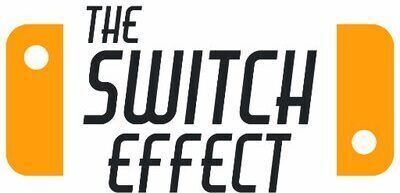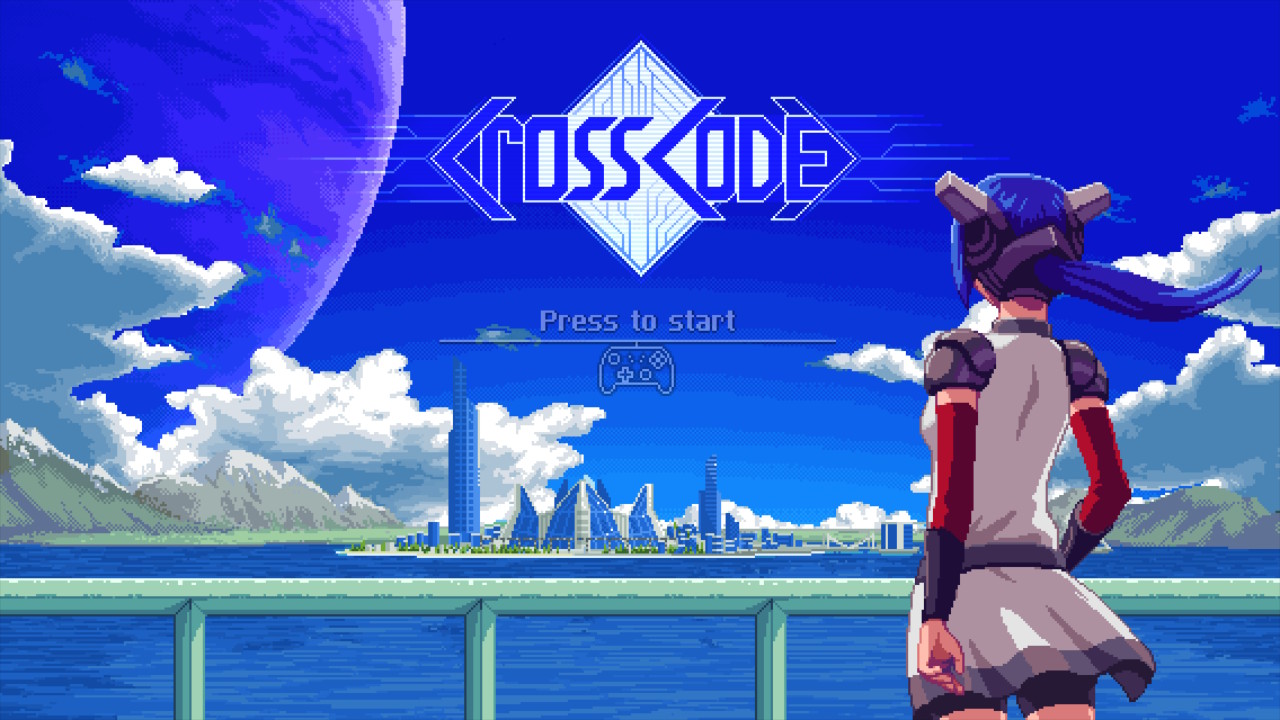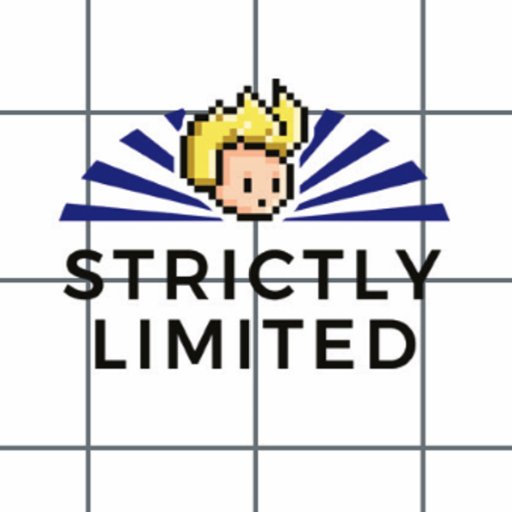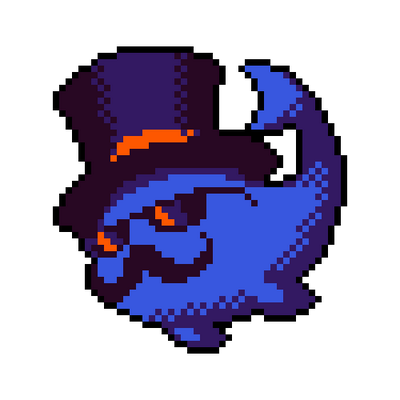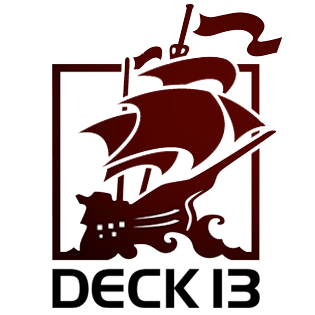Developed By: Radical Fish Games Published By: Deck 13 (Digitally), ININ+Strictly Limited Games (Physical) Categories: RPG, Retro, Action Release Date: 07.09.20
Ever since playing the dotHack series in my adolescence, I’ve always been rather fascinated by games that feature fictional MMORPGs as part of the narrative or even a setting. I’ve always liked the idea of MMORPGs, but for one reason or another, I can never get into them, which makes games like this perfect for me. CrossCode is very much in line with the kind of game dotHack is, but as if it was made for 16 bit consoles.
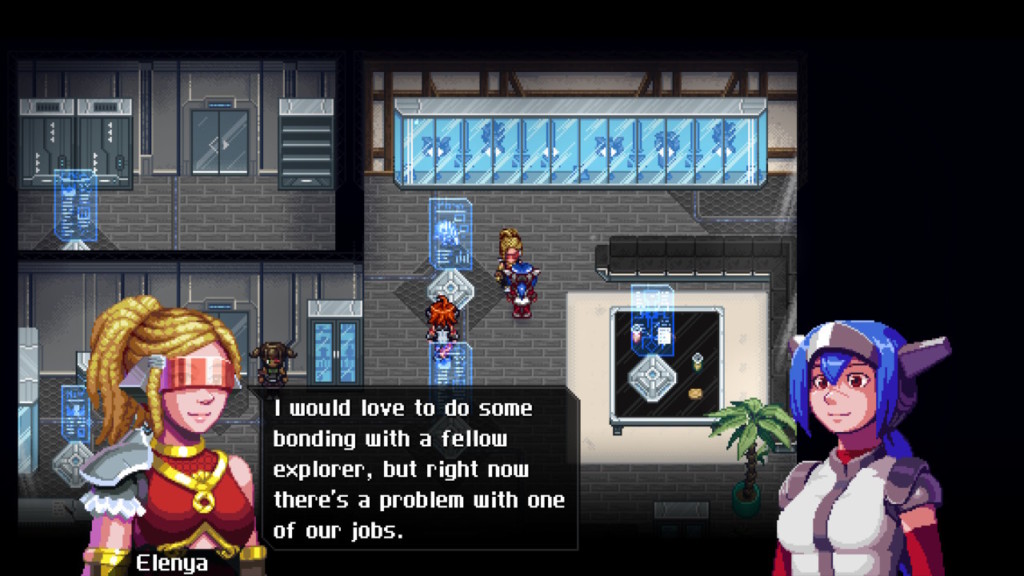
For better or worse, the design of CrossCode is very much an offline MMORPG. The feel of early 2000’s online games and culture seems to seep through every crevice and is fully entwined in it’s DNA. The world in the game, named CrossWorlds is somewhat of a real life game, augmented reality if you must. Avatars of players are seen, but effects and the like from the game are unseen to the human eye without a set of goggles. You control an avatar named Lea, her communication module broken, only having a limited number of words given to her throughout the game, her memories gone, also slowly being revealed to her throughout the game. Without getting into spoilers, there is much more to Lea and the fictional world in CrossWorlds than first let on, you’re not just having an adventure to have it.
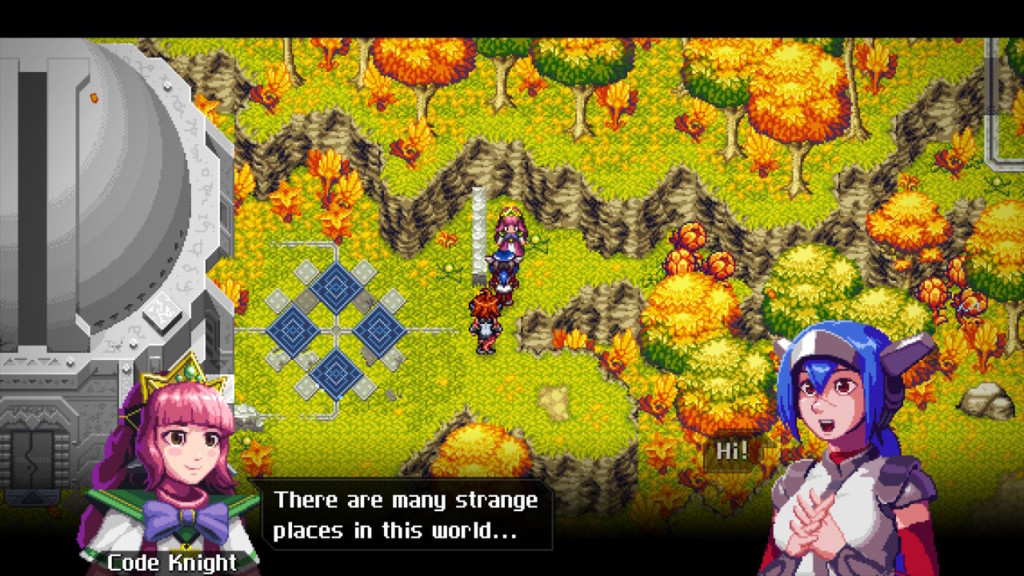
In terms of RPGs, CrossCode takes the action approach, feeling similar to games in the Mana series. The game in a game CrossWorlds has five classes like an RPG would, but Lea (and the player by proxy) plays as a Spheromancer. In lore, a Spheromancer is the original class, a balanced class that can do well with everything. While you can use melee attacks, a Spheromancer specializes in using a ranged attack in the form of shooting balls at adversaries. Both are viable ways to fight, but it’s almost safer to shoot at an enemy and trigger a BREAK; a status that occurs when you pull off a charged attack to interrupt an enemy themselves doing a charge attack, leaving them defenseless and open for some close up hits. Early on, most enemies are strictly up close encounters, they don’t hit hard, and it’s perfectly safe to purely go melee, but as soon as your in the second main area of the game, you’re exposed to monsters who not only can shoot at you from afar, but also have moves that push you away if you stay near them too long. The game starts off almost brainless, so it’s nice to see it actually challenge you not too far in. There is a decent variety of enemies, from standard to downright silly like a mean snowman, but you’ll notice even halfway into the first area another RPG staple rears it’s head. Recolors. This personally doesn’t bother me at all, it’s common practice and an easy way to make stronger enemies of the same type, but it is a bit of a shame to see them so early on. Bosses are fun, and even as early as the first one, you can’t just brute force you way into beating them, with some almost being a bit of a puzzle. At any point if the game is too hard though, you can toggle the difficulty if needed, which is a nice addition.
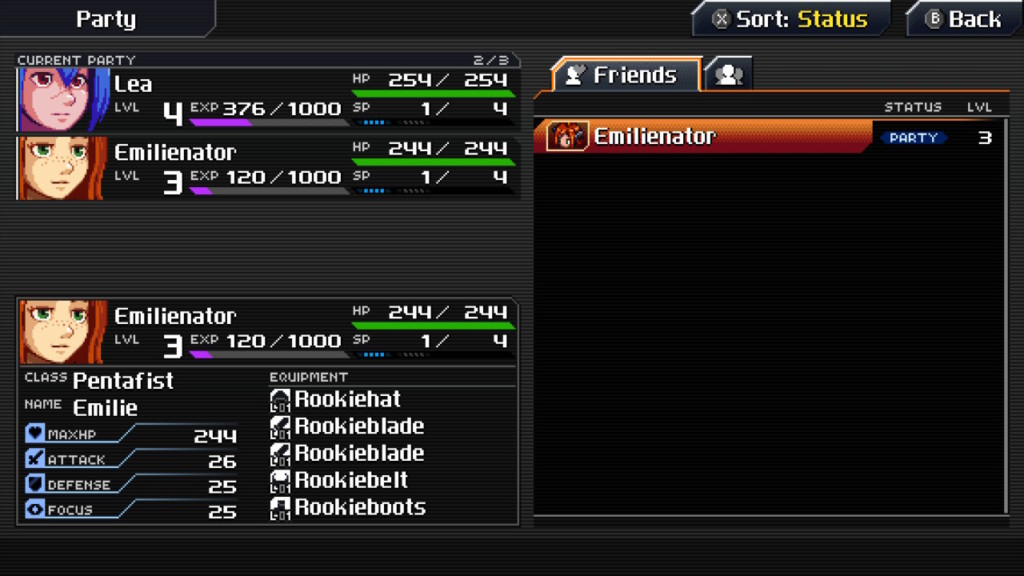
Outside of just raw combat, the game also employs it’s own unique combo system. You’ll notice in combat after defeating enemies a little gauge and letter rank will rise, from D at the start all the way to an S Rank. On the surface, it appears to just entice players to keep longer combos, and the S Rank having new music and particle effects really doesn’t help, but the real reward for higher ranks is rare item drops. A player might not notice it at first, but quests will outright mention needing to fight monsters as a higher rank to get a specific drop. The key to getting higher combos and keeping them is just never stop fighting. A small timer also appears when you start a combo, five seconds with you not hitting an enemy at all ends the combo. Kill to raise the grade, hit to sustain it. There is often tactical advantages to *not* keeping a combo however. In action, you will keep stacking what experience you gain, it won’t apply until a combo and subsequently a fight ends. If you’re close to leveling up and low on HP, it might just be better to level up and forgo any item drops you could get if you’re not too confident in a fight.
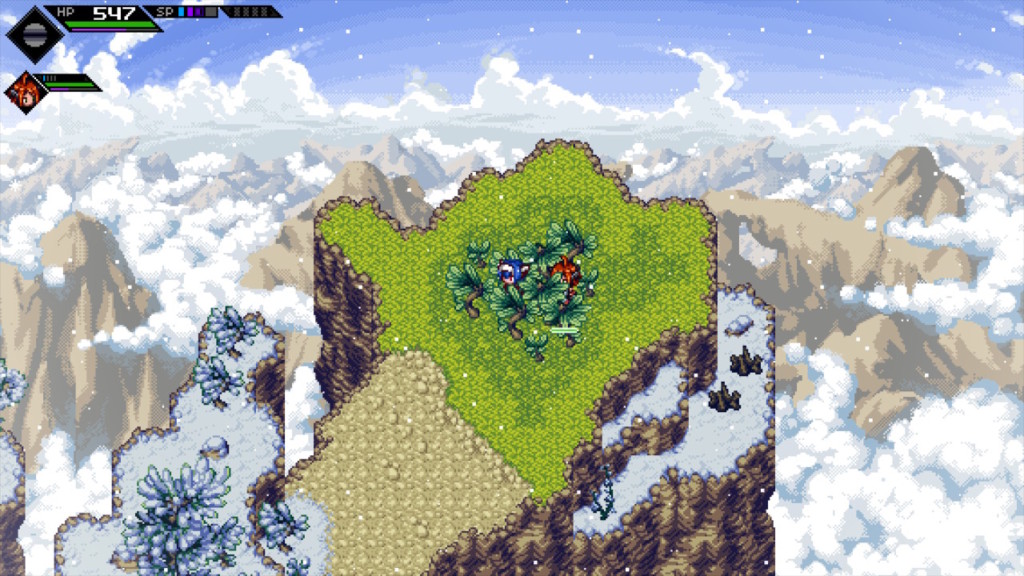
As the game is unabashedly an RPG, you’ll start noticing many of the other staples of the genre. Quests consist of the standard “Collect this” or “Slay __ of this”, which to MMO players will probably make them feel right at home. While it’s a decent enough way to get players to familiarize themselves with CrossWorld, it’ll also ease players into fighting stronger enemies or enter more dangerous areas. As mentioned earlier, as soon as you get to the second main area to explore, enemies do get stronger and you’ll probably need to grind if you don’t take on sidequests. On top of the stat buffs you’d receive from leveling up, you also get Cross Points, one per level, which are used for activating Circuits. Circuits are your passive buffs and skills, put together in a tree going four ways. Most Circuits are just better stat buffs like defense, your chance to deal critical hits, but a chunk end up being different special attacks or abilities, like a spinning dash, the power to reflect with your shield, or a nice cannonball shot that deals massive damage and bounces all over the place.
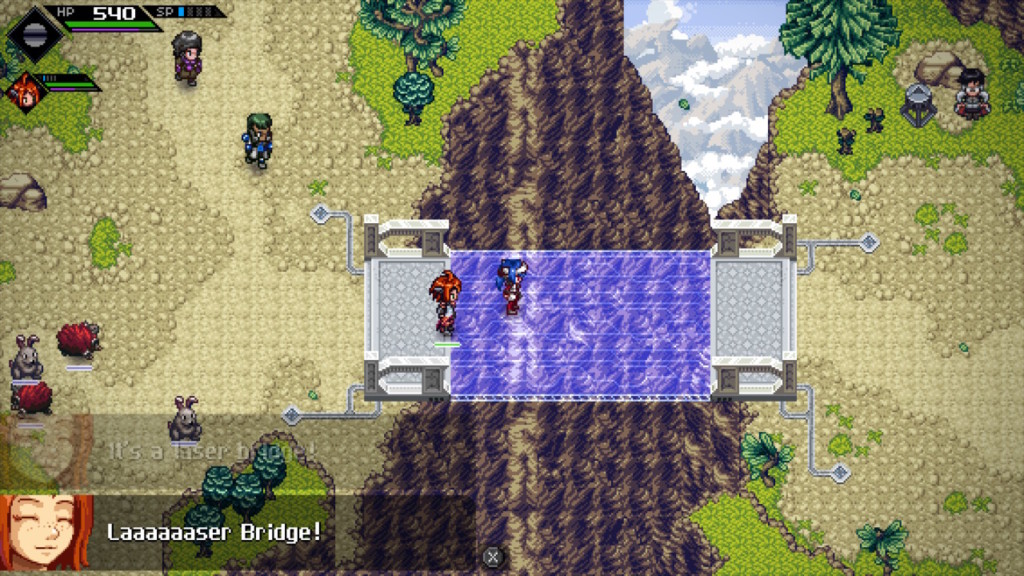
On an aesthetic field, the game is mostly good, but still has a few sore spots. As whole, I love the artstyle of the game, it’s colorful, there’s quite a bit of variety and nothing is ever hard to see. The character designs are equally as varied and the portraits all look great and aren’t just one static emotion. The bosses all have nice, large, detailed sprites. On the otherhand, character sprites aren’t very good, with character sprites in particular looking very RPGmaket-esque my opinion. Character sprites aren’t particularly big, they all match their designs, and they never seem jarringly out of place, so it’s usually not to big of an issue outside of me wanting to sprites to look a little more their own, having their own distinct identity to say. The game runs well enough when walking around in enclosed areas and when fighting, but is awful jittery when moving around in bigger maps, enough to make my eyes feel a little funny at times. While this only happens outside of combat and never is bad enough to make the game unplayable, I would be very welcoming to them fixing it in a future patch. The last issue I have comes up when related to the game’s platforming and the environments. The environments all look great, platforming works just fine and the game works the isometric camera angle just fine in most cases. The troubles come up with some cliffs and plateaus not really telegraphing to the player if you’re on the right plane.
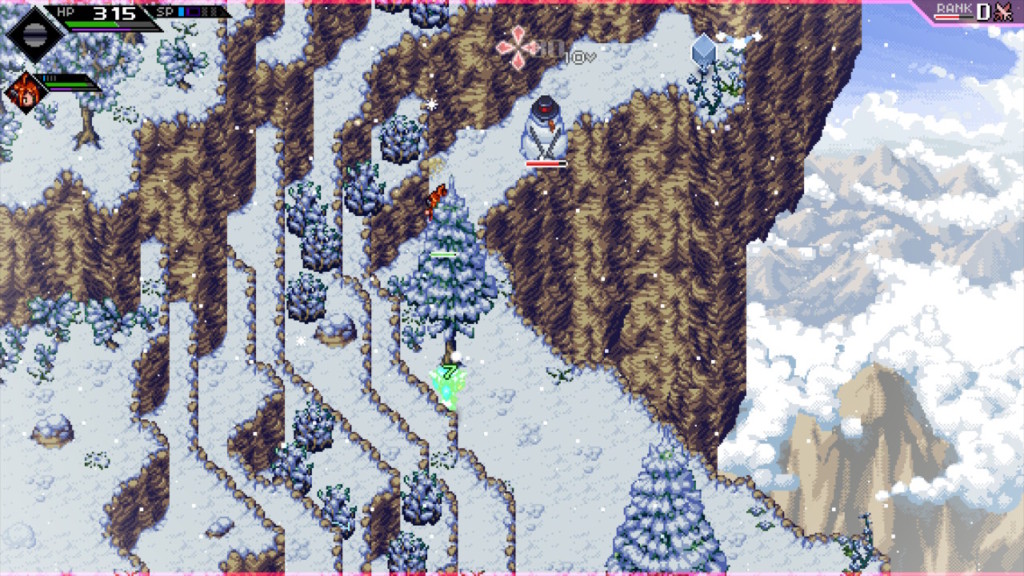
Despite my mixed feelings about the game’s graphics, I enjoy the music quite a bit. I found the music in a lot of the overworlds to be good, but unmemorable, but then I also found myself getting the fight music stuck in my head. All of the music fits the mood to where it’s placed and the fight music in particular really got me pumped up and in the mood to take down monsters. Gracefully, the OST is available on the game’s website for free through streaming.
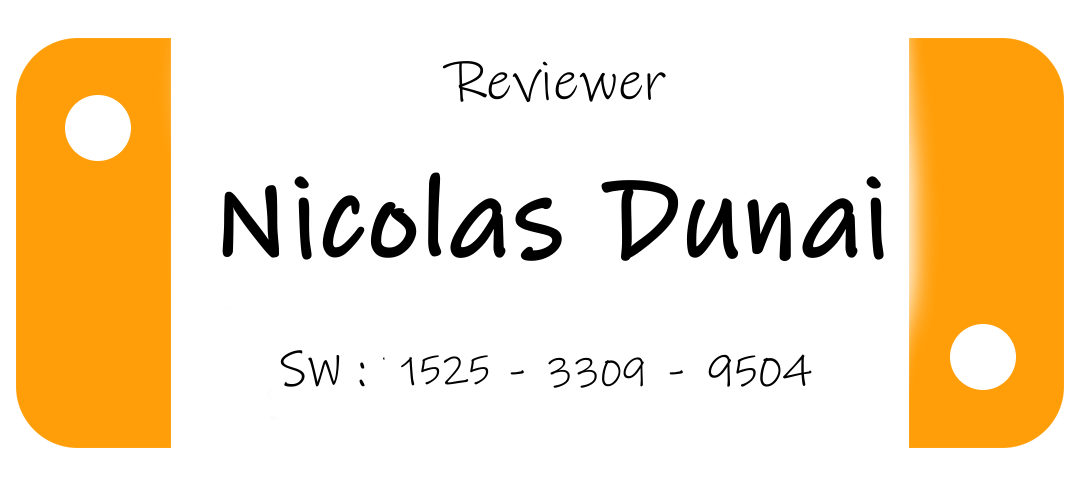
4/5
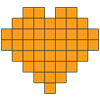



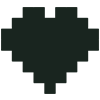
Buy Now: $19.99 Digital – 39.99€
Follow 
Follow 
Follow 
Follow 
*Game Download Code supplied for review purposes
[Review] Hello Kitty and Friends Happiness Parade – Nintendo Switch

Developed By: Dabadu Published By: Rogue Games Categories: Rhythm Release…
